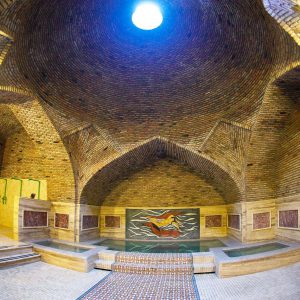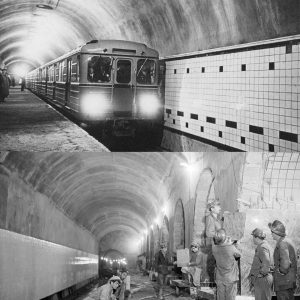
Tbilisi Free Online Tours – The Blue House
28/04/2020
Tbilisi Free Online Tours – “The Blue House” Part 2
30/04/2020Tbilisi Underground – Starting from the 1st and 2nd centuries AD, when Tbilisi was founded, till today the city keeps its spirit not only with the sights and masterpieces that everybody visits but, also with hidden stories that not many know. Yet those places actually keep the main answer to the question – how could this city resurrect from the fire for 27 times? It’s the underground. A vast net of basements, wine cellars, passages and secret tunnels managed to maintain the shape of the old town for centuries.
When Tbilisi was burnt for the last time in the end of 18th century by Persians, soon the monarchy was over in Georgia. It became a part of Russian empire under the rule of which Tbilisi became the central city of Caucasus region. So, 19th century started with restoration of Tbilisi’s old quarters by rebuilding the houses based on the surviving basements and wine cellars. This is how the underground helped the city.
Sulfur Baths
Today you can actually see some parts of the medieval underground. Everything starts with Sulfur Baths district, the birthplace of Tbilisi. Here, where thermal springs burst out from rocks, gather to Persian-style-decorated baths, the social spaces of medieval Tbilisi. Being a place of nudity sulfur baths always kept lots of secrets in their tile-ornamented walls. Most of them were built under the ground level to generate more heat and keep more privacy. These underground or semi-underground buildings are the best preserved examples of underground Tbilisi.
- Chreli Abano
- Gulo’s Thermal Spa
Caravanserais
Tbilisi was the city of merchants, so they needed to keep their products safely. Newly opened Wine Museum in Old Tbilisi keeps big spaces that were used to keep goods and to get in touch with some other Caravanserais in past times. You can smell of some sulfur, typical for the Old Town, as Tbilisi was founded on thermal waters. Some of the underground passages were so deep that today they are filled with the river water.
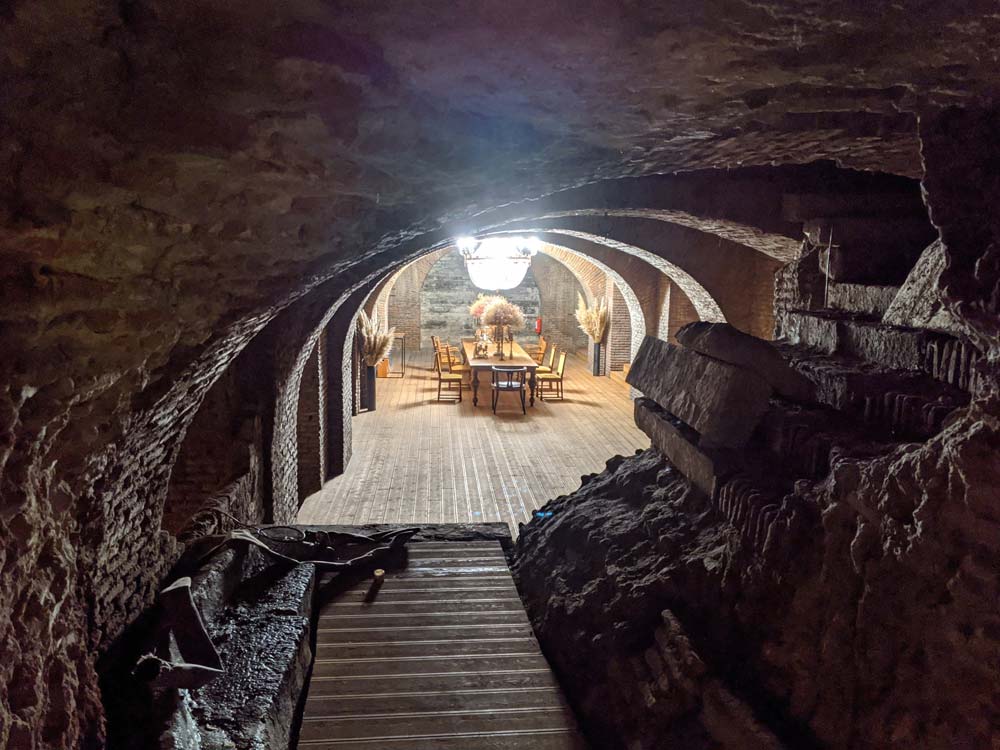
Stalin’s Underground Printing House
The spirit of underground didn’t leave the city in the 20th century either. On the contrary, it became some kind of a power generator of upcoming Soviet revolution. In 1903 years young Stalin and his revolution gang established a secret printing house right under of a typical houses in Tbilisi where they would print some literature of Marx as well as lots of proclamations by Lenin and other revolutioners. The illegal printing house was discovered and burnt in 1906 but in Soviet times the place became a museum and one of the most visited destinations for communists. You can have a detailed look inside of the illegal printing house today with Soviet Tour of Tbilisi. To visit this place, join us for Soviet Tour Of Tbilisi
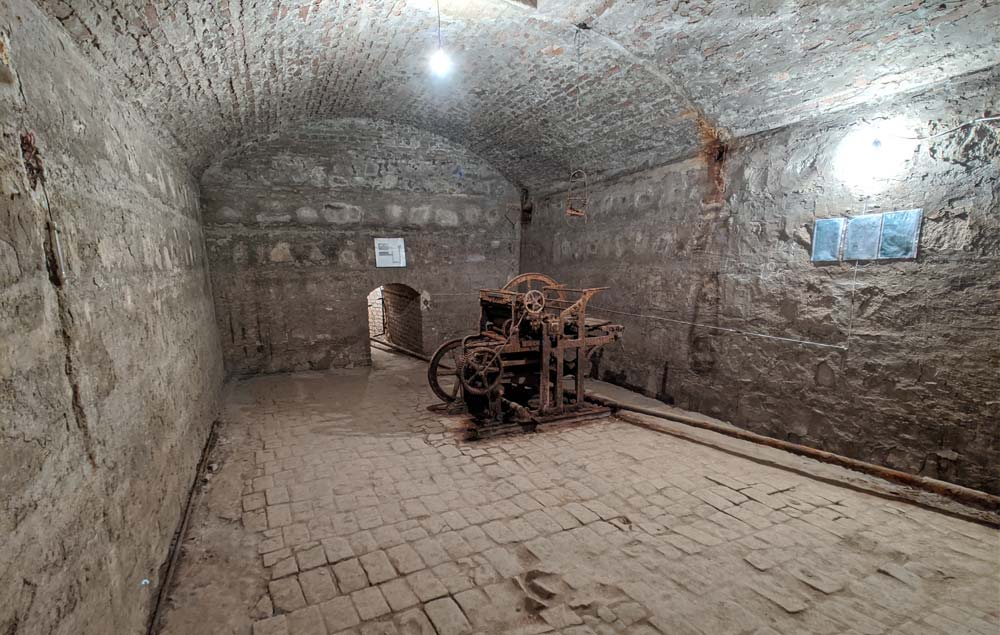
Metro
The spirit of underground didn’t leave the city in the 20th century either. In Soviet era the metro system was introduced. The 60’s were the times of cold war, so, the construction of underground stations took place as deep as 60 metres under the surface. Decorated in different colors of marble they still keep the shade of Soviet spirit that occupied the country for 70 years. They even say that some stones for the stations were taken from the graves of bourgeois.
Bunkers
In parallel of metro construction hundreds of other bunkers and top secret passages had been constructed in Soviet era. Some of them are connected to the governmental buildings and metro lines but, officially, none of them are used. On the other side, only few of them are allowed to be filmed. It’s a heritage of cold war period where the time is literally stopped and almost nobody thinks of that secret net that might be located underneath their feet while walking in the old quarters of the city.
Clubs
The story of Tbilisi underground continues at present as well. In 2014 an abandoned swimming pool right under the football stadium was redesigned into a night club Bassiani and since then has become one of the most iconic modern type attractions of the city. Here come the world’s most popular dj artists to give whole-night shows. Years later Bassiani also became a symbol of youth fighting for gay rights.
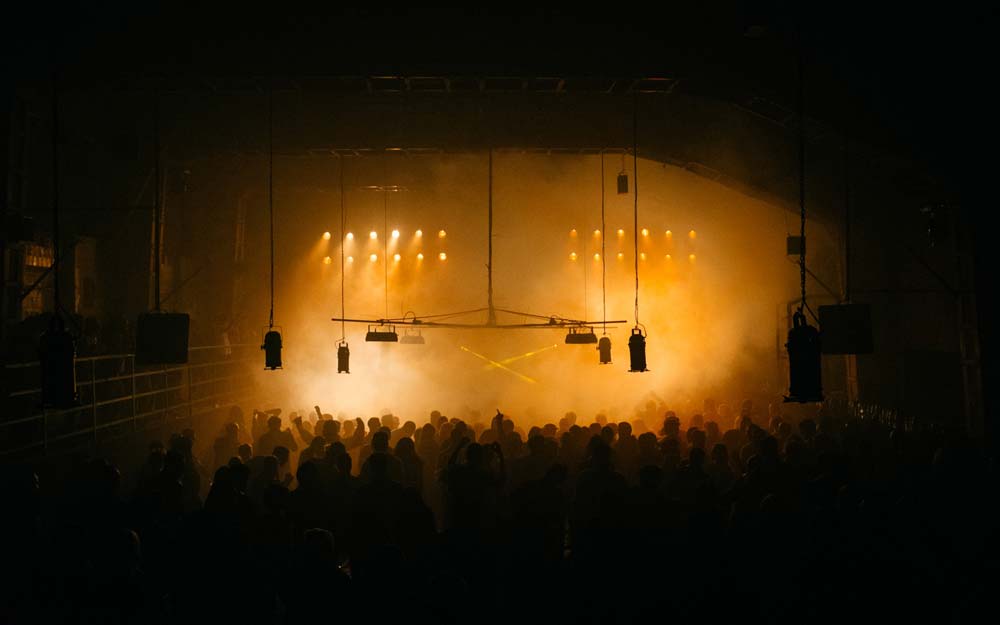
Basiani
Underground Passes
Underground has always played a significant role in Tbilisi’s history. Even now, when lots of underground passes are rehabilitated, they have become a major attraction to street artists. If you want to discover the colors of Tbilisi underground just walk under Heroes Square and over Baratashvili Bridge. Or follow any of the routs of Tbilisi Free Walking Tours and uncover the secrets with us.
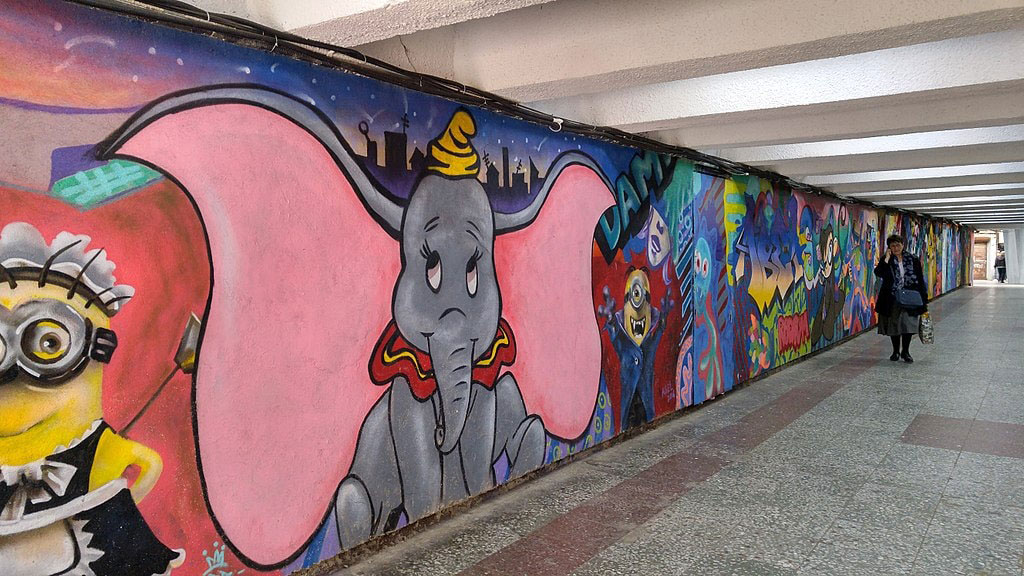
Author: Zura Balanchivadze
If you like our post, then below you will find button for donation. Donate us, as much as you think we deserve! We are free walking tours and based on the tips! See you very soon!


